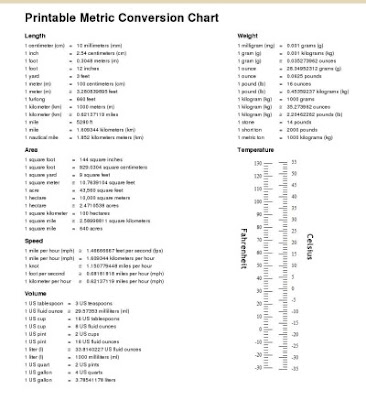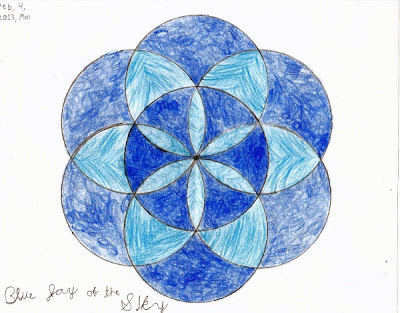Two new books in the Blue Series
64 pages
(of which 37 are lesson pages)
Price: $2.50 download
Sample pages (PDF)
Contents and Introduction
Shapes
Right Angles
Line Symmetry
Perimeter
Solids
The first lessons in this book have to do with shapes - that is where geometry starts. Children learn the names of the common shapes, and also put several shapes together to form new ones, or divide an existing shape into new ones. They practice using a ruler to draw various shapes and are introduced to tilings.
Next children learn the concepts of parallel lines and lines that are at a right angle (perpendicular lines). The book also has beginner lessons about symmetry, area, perimeter, and solids.
After studying these early geometry lessons, you can continue the study of geometry with Math Mammoth Geometry 1 book. In it, children will learn to classify figures (during grades 4-6) according to their sides and angles, and learn much more about area, perimeter, and volume.
52 pages
(of which 40 are lesson pages)
Price: $3.00 PDF download
Sample pages (PDF)
Contents
Counting One, Two,and Five-Cent Coins
Counting Coins Review
Euros, part 2
Practising Shopping
Mental Math and Money Problems
lessons).
The book starts with first-grade topics such as counting coins with cent-amounts and easy problems about
change.
From there, the lessons advance toward second-grade, and finally to third grade topics, such as practicing with euro amounts, and figuring out total bills and change. Therefore, you can also let your child work the pages of this book in different time periods, and not go through it all at once, depending on your child's
current level.


Comments